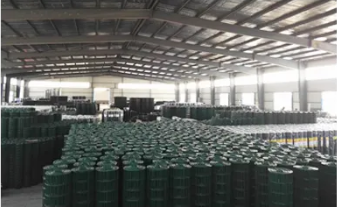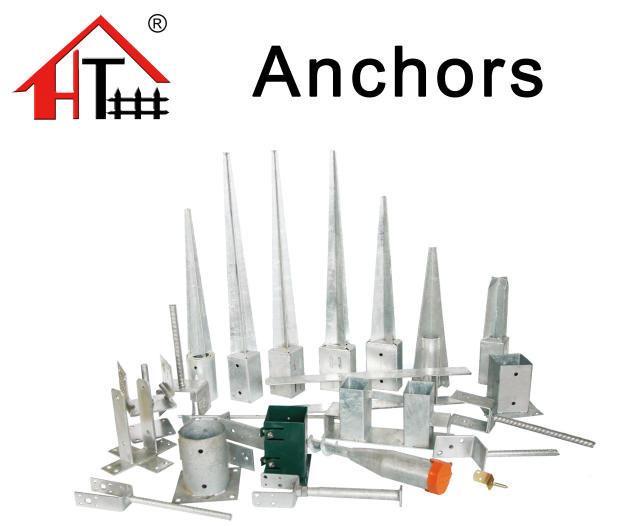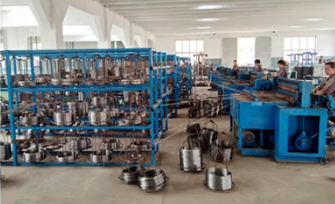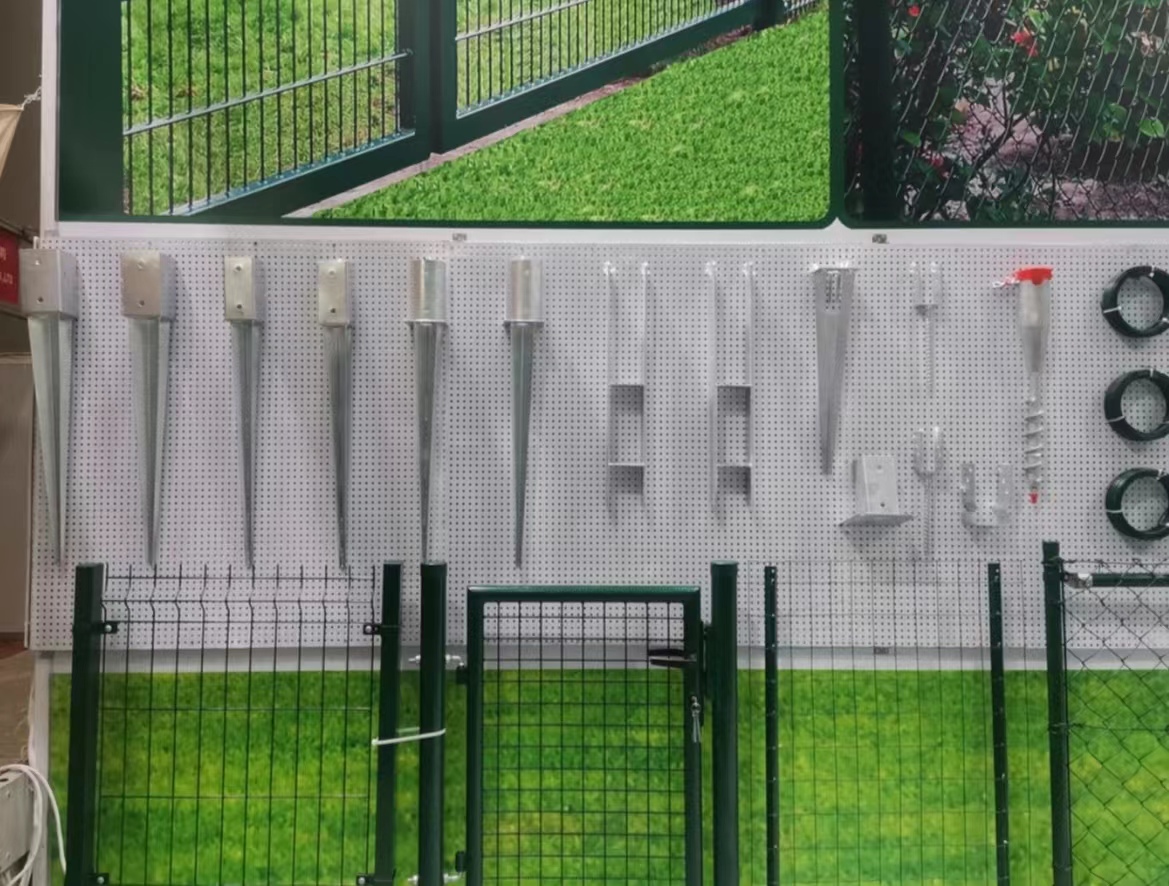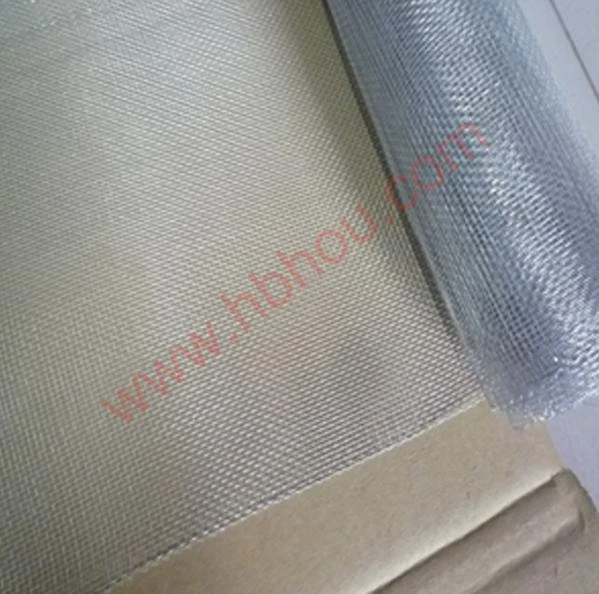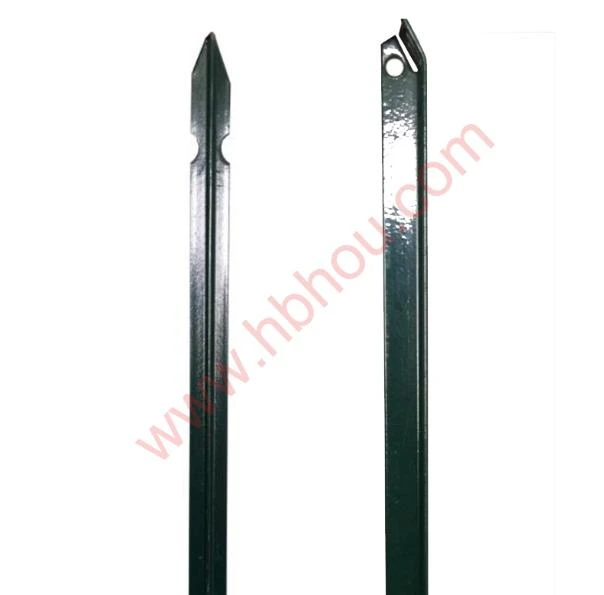Exploring Gabion Structures The Versatility of Gabion 100
In recent years, the use of gabion structures has gained significant popularity across various applications in civil engineering, landscape design, and environmental management. Gabions, which are essentially wire mesh containers filled with stones or other materials, offer a sustainable and effective solution for numerous engineering challenges. Gabion 100, in particular, represents a specific type of gabion system that emphasizes durability and functionality, making it an excellent choice for a wide array of projects.
What are Gabions?
Gabions originated from the Italian word gabbione, meaning big cage. Traditionally, these structures have been used in flood control, erosion prevention, and stabilizing slopes due to their strength and adaptability. Gabions can be designed in different sizes and shapes, allowing engineers to customize them according to project requirements. The wire mesh used in gabions is often made of galvanized steel or PVC-coated wire, enhancing their resistance to corrosion and environmental degradation.
Advantages of Gabion 100
Gabion 100 distinguishes itself with its robust design and ease of installation. Here are some of the key advantages of using Gabion 100
1. Durability One of the standout features of Gabion 100 is its sturdy construction. The wire mesh is designed to withstand harsh environmental conditions, providing long-term structural stability.
2. Environmental Compatibility Gabion structures are environmentally friendly, as they incorporate natural materials such as stones. This not only blends seamlessly with the surrounding landscape but also promotes biodiversity by allowing vegetation to grow through the stones.
gabion 100
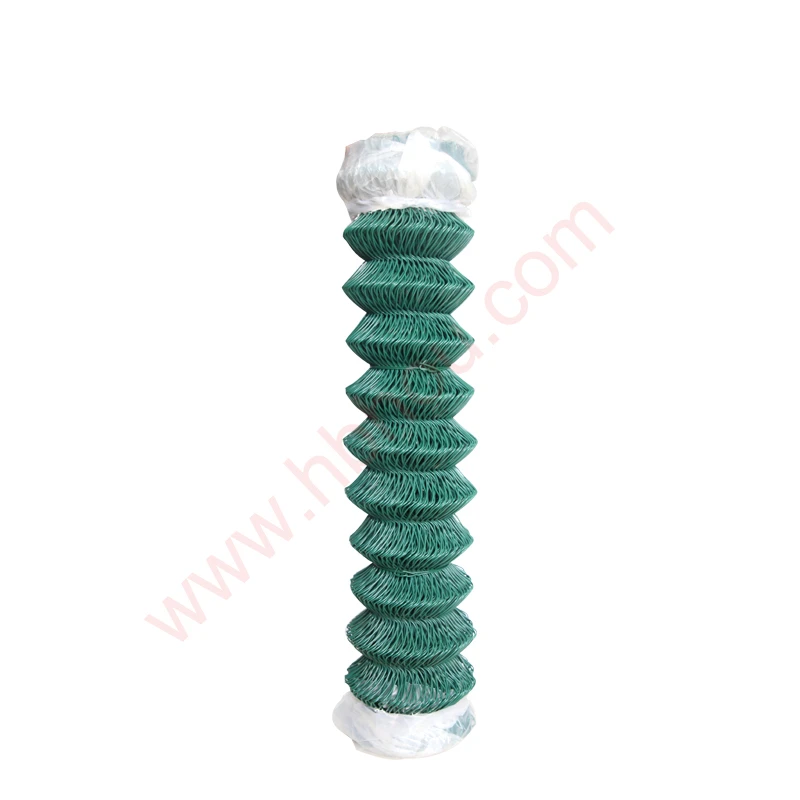
3. Versatility Gabion 100 can be used in a wide range of applications, including retaining walls, riverbank protection, and even decorative landscape features. Its flexibility makes it suitable for various projects, from large-scale civil engineering endeavors to small residential gardens.
4. Cost-Effectiveness The ease of installation of Gabion 100 reduces labor costs and construction time. Moreover, the locally sourced materials often used in filling the gabions can significantly lower overall project expenses.
5. Erosion Control Gabion structures are highly effective in controlling soil erosion. They can absorb water and disperse its energy, making them ideal for protecting slopes and riverbanks from the erosive forces of running water.
Applications of Gabion 100
With its numerous advantages, Gabion 100 has found applications in diverse fields. In civil engineering, it is frequently used for constructing retaining walls that stabilize soil in hilly terrains. Landscape architects utilize gabions to create aesthetically pleasing features, such as garden walls, seating areas, and decorative fences. In environmental protection, gabions play a crucial role in managing water flow and reducing the impact of floods by providing a natural barrier.
Moreover, Gabion 100 is becoming increasingly popular in sustainable construction. As the emphasis on green building practices grows, more projects incorporate gabions to align with eco-friendly standards and regulations, showcasing an innovative approach to modern engineering challenges.
Conclusion
In summary, Gabion 100 exemplifies the merging of functionality, sustainability, and aesthetic appeal within the realm of gabion structures. Its durability, versatility, and environmental advantages make it a go-to choice for engineers and designers alike. As the demand for sustainable infrastructure continues to rise, the role of Gabion 100 in various projects is set to expand even further, reaffirming its status as a reliable and innovative solution in the construction industry. Whether for practical use or design purposes, Gabion 100 provides a symbiotic relationship between man-made structures and the natural environment, paving the way for future developments in robust and sustainable design.









